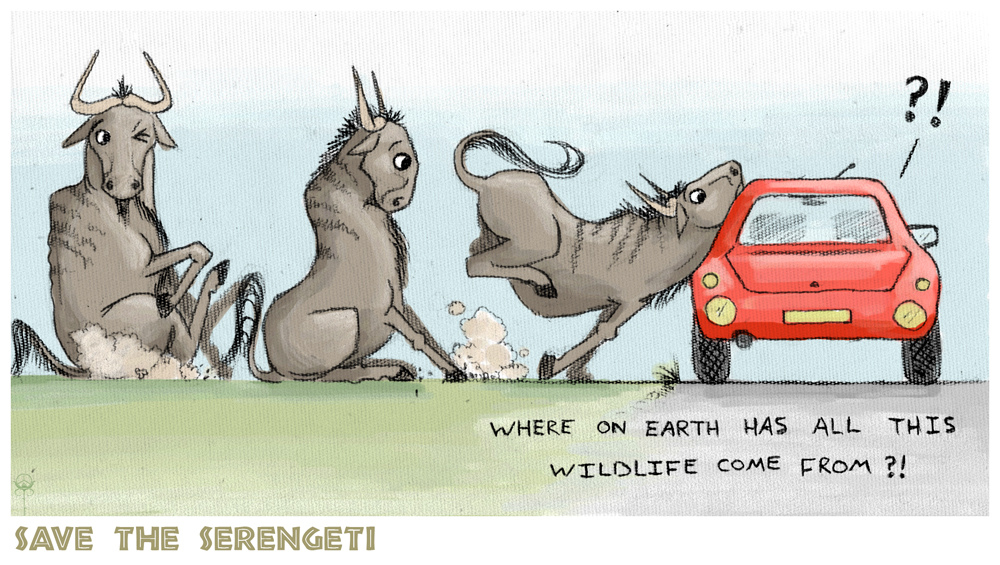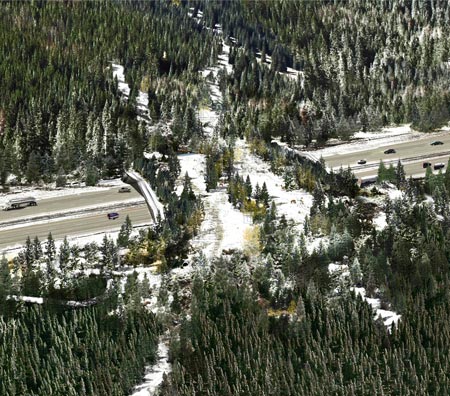
- Photo by Faelourn
Hosted by the Earth Island Institute, a 501(c)3 conservation organization, the Save the Serengeti website and Serengeti Railway-Highway Alert were created to oppose the construction of a highway and/or railway that would bisect Serengeti National Park in Tanzania, Africa. The website also develops and mobilizes support against the highway, highlights ongoing conservation efforts, and raises funds for projects within the park.
This site is intended to attract donors to Serengeti Watch, with many opportunities to donate money throughout the website. The site is well organized and the Highway Alert section links to many other articles on the topic, such as those from National Geographic and the New York Times, and also includes many maps and videos. In addition, the site has an extensive comment section, allowing users to interact with the moderators and express their own opinions on the subject.
The informal, news alert format of the Highway Alert section allows everyday readers to easily read the content and understand complex socio-environmental forces that come into play in the Serengeti Highway debate. The site, however, is very one-sided and there are no references or links to articles or studies with conflicting opinions. This bias makes sense though, since one of the main purposes of the site is to attract donors. Hopefully this website will peak the interest of readers and encourage them to seek out more information about the Serengeti Highway, as well as become more educated about the socio-environmental impacts of road and rail systems throughout the world.



